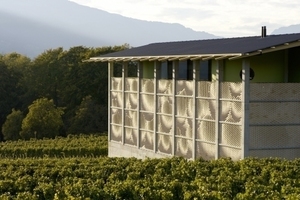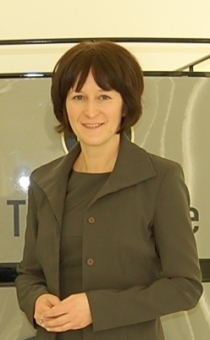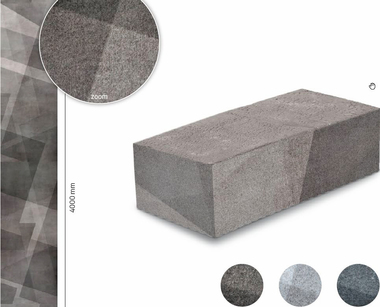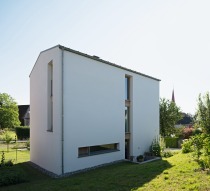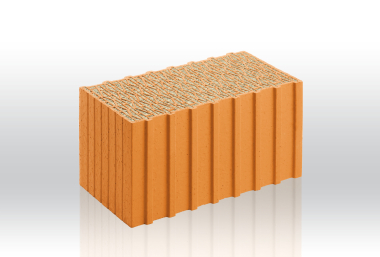Architecture and digital fabrication
Since 2006 the additive processes in architecture have been the focus of research work at the Gramazio & Kohler Chair for Architecture and Digital Fabrication at the ETH Zurich. A commercially available, slightly modified industrial robot is used to translate digitally developed systems and generated principles “1:1” on building scale.
At the core of interest is the exploration of the architectural and aesthetic potential yielded between the poles of the digital model and its direct physical realization on the scale of standard structural elements.
1 Masonry
The clay brick is predestined for such explorations. Used on building scale, its compact dimensions result in a fine texture. Its charm lies in the differentiated elaborateness of fine brick details such as supports, reveals, rowlocks or wall compositions, creating the valued timeless look of brick-built buildings.
With its handy, generic module, which is logically designed for repetitive use with a high share of manual work even today, the brick is very easily integrated in machine processes.
2 Application today
With the steady increase in the thermal insulation requirements for façades since the 1970s and the necessity to rationalize the building process, the traditional, homogeneous solid brick construction developed over centuries is facing great challenges. The low heat transfer coefficient of the material makes its necessary to reduce the thickness of the brick and combine it with insulating materials, going as far as the only 14-mm-thick brick slips bonded directly to the insulation.
With the reduction of the thickness of the clay brick, an up-to-date insulation value is obtained, however...

